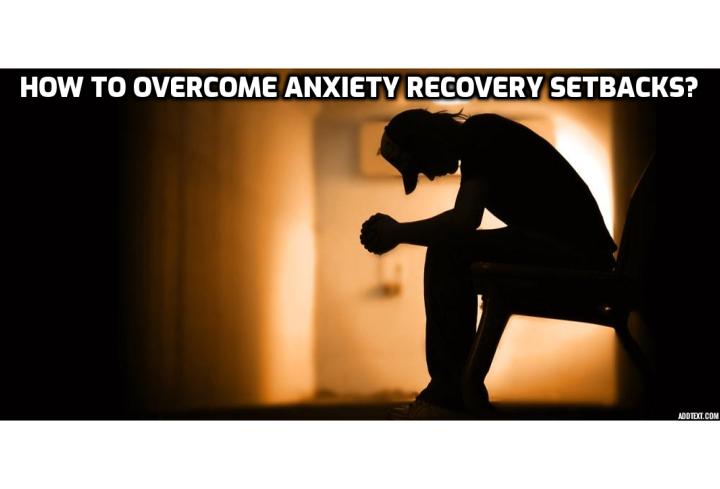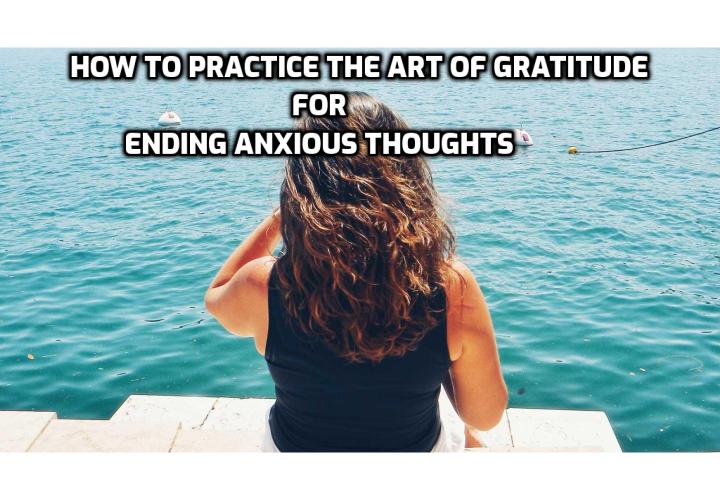Click Here for Help with Alzheimer’s, Other Types of
Dementia and General Memory Loss
Tackle Dementia and Memory Loss – Shocking Heart Health and Dementia Connection
Most of us think of poor cardiovascular health as causing strokes and heart attacks, which is terrifying enough.
But a study that has just been published in the Journal of the American College of Cardiology reveals a connection between poor heart health and dementia.
That’s a condition that most of us dread more than anything else.
In 2008, the journal Circulation, the journal of the American Heart Association, published a study that summarized the main risk factors for serious cardiovascular events, like heart attacks, strokes, coronary heart disease, and heart failure. The authors derived these risk factors from the Framingham Heart Study, a huge study that ran for decades.
People who score highly on these risk factors do not necessarily have cardiovascular disease yet, but participants in the Framingham Heart Study who scored highly for these factors were much more likely than their peers were to suffer a cardiovascular event in the following 10 years.
The risk factors are age, sex, smoking status, total cholesterol, HDL (high-density lipoprotein) cholesterol, systolic blood pressure, hypertension medication, and diabetes status.
The authors of the new study wondered whether people with many of these cardiovascular risk factors were more likely than those without them to develop dementia in the following two decades, and decided to find out.
They collected the medical data of 1,588 people who had participated in the Rush Memory and Aging Project. At the beginning of the study, they had an average age of 79 and were all dementia-free.
They were followed for up to 21 years and each participant was given a battery of 19 cognitive tests every year to test abilities like episodic memory, semantic memory, working memory, visuospatial ability, and perceptual speed.
Magnetic resonance imaging was performed on the brains of a subsample of subjects to obtain their brain volumes and structures.
After approximately two decades, it turned out that people with the highest risk scores were significantly more likely to suffer a decline in episodic and working memory and perceptual speed. Their scores on general cognitive tests that incorporated many different abilities were also lower than those whose risk factors scores were closer to normal.
Those with high cardiovascular risk scores tended to have a smaller hippocampus, less gray matter, smaller brains, and more damage to their white matter, which explained why their cognitive abilities deteriorated faster.
It is, of course, normal for cognitive abilities to decline with old age, but they deteriorated faster for those people with high cardiovascular risk scores. In fact, in this study, faster deterioration could already be seen after less than six months.
This was true for both people with and without a genetic predisposition for Alzheimer’s disease.
The authors recommended that people started tackling these cardiovascular risk factors aggressively during their middle age to prevent them from ruining a long and peaceful retirement.
The most important cardiovascular factor is cholesterol plaque buildup, which can be cleared out by cutting out one ingredient explained here…
Then you must lower high blood pressure below 120/80 – using the three easy blood pressure exercises explained here…
Finally, if you’re experiencing memory loss already and want to tackle dementia and memory loss, I highly recommend you load up on this one free ingredient explained here….
Tackle Dementia and Memory Loss – Dementia NOT Prevented with These Dangerous Drugs
There are common drugs that everyone takes at some point.
And for a long time, doctors have been recommending them to fight off dementia and prevent stroke.
However, the journal Neurology has just issued a stark warning – this drug does not act against dementia and may actually cause stroke.
Previous medical advice about Aspirin was it was good for our hearts. Some scientists had claimed that it benefited brain health by reducing inflammation and dissolving small blood clots by keeping blood vessels open.
But using Aspirin for this purpose comes with a huge risk.
It can also cause unnecessary dangerous bleeding in the brain because of the thinning of our blood and the preventing blood clotting.
Researchers identified 19,114 people who had neither dementia nor heart disease at the beginning of the study. They followed and observed them for 7 years.
They gave half the participants a low dose of 100 milligrams of Aspirin per day, while the other half were given placebos.
At the beginning of and throughout the study participants were given tests to measure their thinking and memory.
By the end of the study, they had found no difference between the Aspirin and placebo takers in developing dementia or Alzheimer’s disease. They also found no difference in the rate of cognitive decline between the two groups.
People around age 70 have weaker blood vessels than younger people, which is presumably true of the blood vessels in their brains too.
This makes it all the more important that their blood can clot effectively when there are small ruptures in tiny blood vessels in their brains. If this cannot happen, the chances of them suffering from a catastrophic stroke is far greater.
Tackle Dementia and Memory Loss – These Delicious Foods Stop Alzheimer’s Development
Occasionally scientists stumble onto information that is promising not only for people who suffer from diseases, but also for those who just enjoy good food.
A recent study concluded that some genuinely tasty foods may be able to control Alzheimer’s disease even better than drugs.
If you enjoy researching natural health topics and following a naturally healthy lifestyle, you have probably heard of polyphenols, the chemicals found in red wine, red grapes, berries, and several other food types. They are powerful antioxidants, which explains why naturopaths recommend them so liberally.
An increasing number of researchers have become interested in the ability of one of these polyphenols to prevent and slow the progression of Alzheimer’s disease. It is called resveratrol, and is a prominent ingredient in red wine, red grapes, pomegranate, dark chocolate, peanuts, and soybeans.
In September 2015, Neurology distributed an article in which a team of American researchers demonstrated that resveratrol might be an effective Alzheimer’s disease treatment.
Researchers divided 119 Alzheimer’s patients into groups that either received resveratrol or a placebo. The resveratrol group started with 500 mg per day, escalated by 500 mg every 13 weeks, for an eventual total of 2 g per day.
By the end of the year, the resveratrol group had approximately the same levels of amyloid-beta40 (Abeta40) in their blood and cerebrospinal fluid as at the beginning of the experiment. The placebo group, on the other hand, had substantially lower levels, an effect that usually accompanies the progression of Alzheimer’s disease.
An MRI scan also revealed that the swelling of the brains of the resveratrol subjects had diminished considerably.
While some participants complained of nausea, diarrhea, and weight loss, resveratrol was relatively free of side effects.
The authors warned that they had used a special pharmaceutical-grade resveratrol and claimed that you would have to drink about 1,000 bottles of wine to obtain the same amount. For that reason, together with their relatively small number of participants, they advised that their findings should be further tested, rather than immediately acted upon.
The way in which resveratrol manages dementia is still being researched.
A team at Oregon’s Health and Science University reviewed the literature in the journal Brain Research Reviews, and concluded that resveratrol activated sirtuin proteins, which also happen to be activated by low calorie diets.
These proteins have been shown to protect the brain cells of mice with Huntington’s disease, a disease that causes dementia and the degeneration of brain cells.
Another study by researchers at the Litwin-Zucker Research Center for the Study of Alzheimer’s Disease has established that resveratrol does not inhibit the production of Abeta, but rather promotes its intercellular degradation. In other words, resveratrol kills the Abeta between cells, instead of allowing it to form plaque inside them.
Pure resveratrol supplements are available from natural health stores, and you can further stack your diet with the foods that contain it. Who knows, altogether you might manage to obtain enough of it to protect your brain cells from age-related decline.
To learn how to tackle dementia and memory loss, watch these 2 videos-
Detect and prevent Alzheimer’s disease before memory loss | Bernard Hanseeuw | TEDxUCLouvain
Dementia is preventable through lifestyle. Start now. | Max Lugavere | TEDxVeniceBeach
This post is from the Brain Booster Exercise Program created for the purpose of helping to reverse Alzheimer’s, boost memory. It was made by Christian Goodman Blue Heron health news that has been recognized as one of the top-quality national health information websites. This is an all-natural system that utilizes the power of exercises to slow down, prevent, or even reverse memory loss and boost your brain with energy and power. These exercises work to deliver as much nutrition and oxygen to your starving brain as possible and begin the restoring of the damaged brain cells.
To find out more about this program, click on Tackle Dementia and Memory Loss






